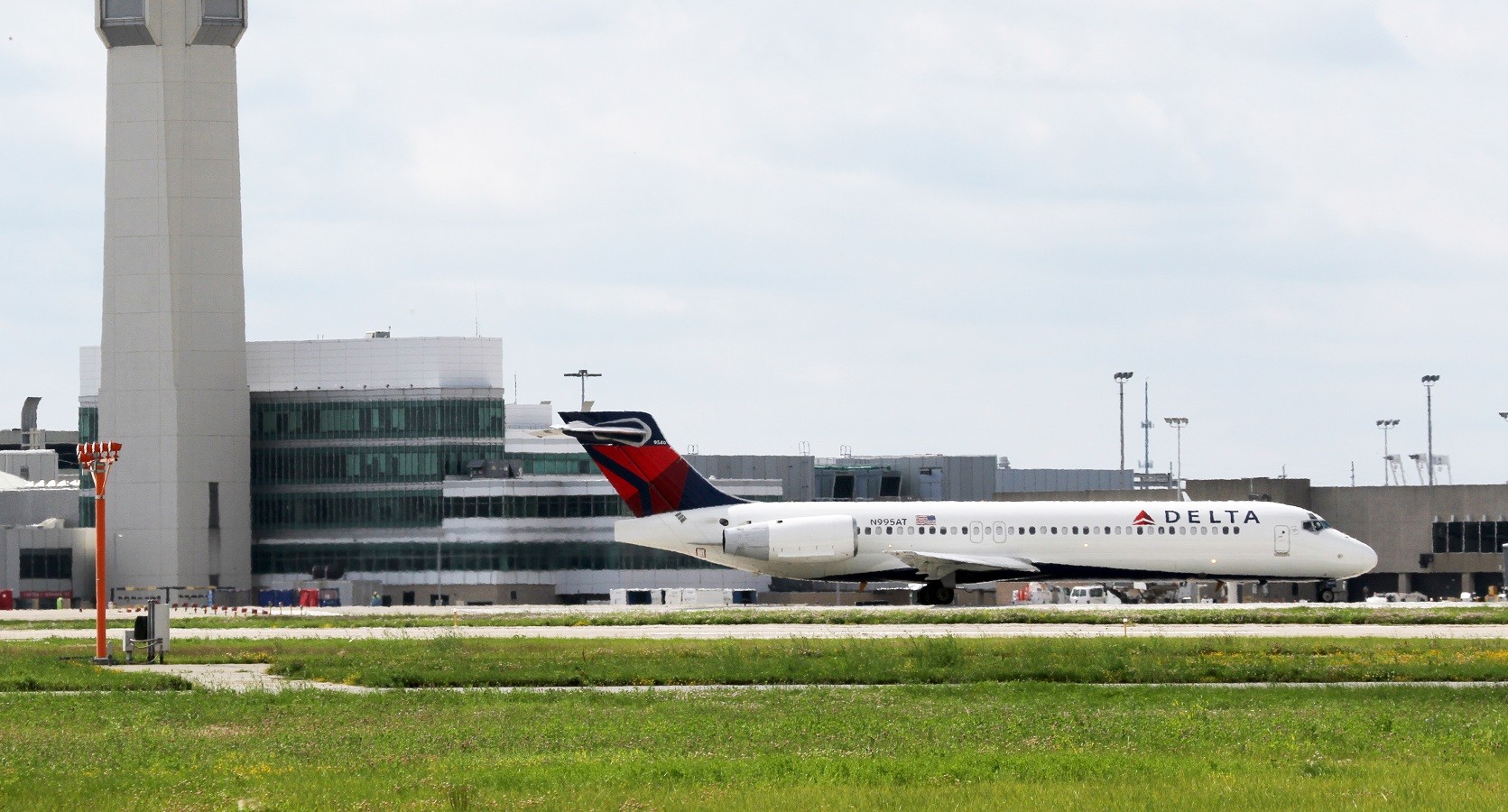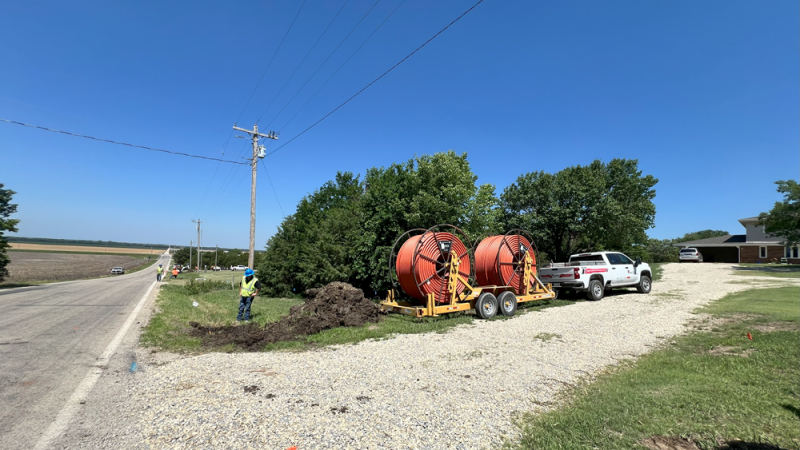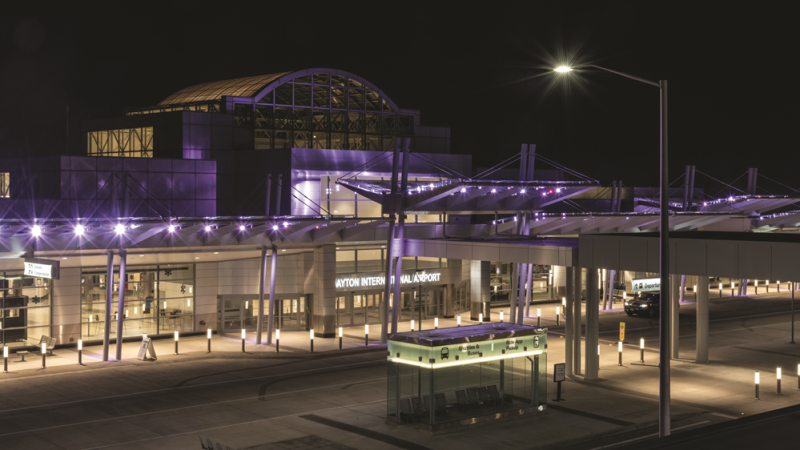Cleveland Hopkins International Airport (CLE) is the primary airport serving Greater Cleveland and Northeast Ohio. Pre-pandemic, the airport served more than 10 million passengers annually travelling not only to US destinations but also to cities in Canada, the Dominican Republic, Mexico, and Jamaica.
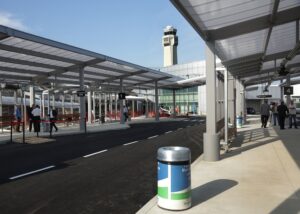 The airport boasts a rich, century-long history and several ‘America’s firsts’. When it opened in 1925, CLE was the first municipal airport in the country. CLE also led the nation in implementing new airport technology, including the world’s first radio-equipped air traffic control tower and the nation’s first airfield lighting system. Travellers also have the option to travel by train to CLE, a connection that, when added in 1968, was another first in the country.
The airport boasts a rich, century-long history and several ‘America’s firsts’. When it opened in 1925, CLE was the first municipal airport in the country. CLE also led the nation in implementing new airport technology, including the world’s first radio-equipped air traffic control tower and the nation’s first airfield lighting system. Travellers also have the option to travel by train to CLE, a connection that, when added in 1968, was another first in the country.
CLE’s interim director Mr Dennis Kramer pointed out that even today the airport continues to be special, promoting for example a vibrant arts programme including regular art functions and exhibits at the airport. However, the most important unique feature is the economic value that the airport brings to the region.
“We’re very close to the NASA Research Center as well as to multiple major interstate highways. So, we truly are a major transport hub for the city and the region,” he noted. CLE generates an estimated $4-$6 billion to the northeast Ohio economy and generates more than 34,000 jobs. The airport also offers tremendous opportunities for businesses in the region through supply agreements, professional service contracts and construction projects.
Vibrant Hub
Speaking about post-pandemic developments, Mr Kramer stated that the airport’s recovery rate is exceeding the national average. CLE is on track to see about 9 million passengers this year and is forecast to be fully recovered and to exceed 10 million passengers next year.
It is not only the volume of passengers that is set to increase – this year, Alaska Airlines started a regular service from CLE to Seattle, and a new service is coming up from Aer Lingus, with regular flights to Dublin starting in May 2023.
“We have a vibrant airport community, with many great airline partners and other stakeholders. I think what best describes us is that we are an airport that consistently fights above its weight class – we have an ageing infrastructure, yet our passenger numbers continue to grow, and our rankings also continue to improve, demonstrating that we are a strong airport,” said Mr Kramer.
“Of course, like any other airport, we are not spared the current challenges: staffing, inflation, and economic conditions in the world today. We try to overcome those challenges by building better relationships with all our stakeholders, to collaborate as a team to move the organisation’s future. The trust we build with our airlines as well as with our other stakeholders and partners gives us more opportunities – more flights and more seats into our facilities, and an opportunity to be more competitive within the industry.”
Airport Development Programme
Still, he admitted that one of the biggest challenges is the airport’s ageing infrastructure. To this end, last year, airport officials announced plans for a $2 billion overhaul of the ageing facility, which will include new concourses, consolidated security checkpoints, expanded ticketing areas, a new customs facility and more. The proposal was the result of a years-long Master Planning process.
CLE is now finalizing a new Airport Master Plan that provides guidance for the development of the airport to meet continued passenger, cargo, and operations growth. It is an essential element in assessing major facility improvements and long-term capital investment.
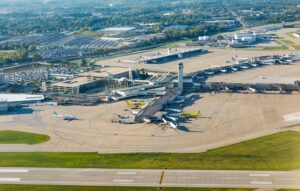 “We are just putting the finishing touches to our Airport Master Plan, which will turn into our Airport Development Programme, to be implemented over the next 15 to 20 years. The preparatory work is in full swing, with construction set to start in 2025 or 2026,” acknowledged Mr Kramer.
“We are just putting the finishing touches to our Airport Master Plan, which will turn into our Airport Development Programme, to be implemented over the next 15 to 20 years. The preparatory work is in full swing, with construction set to start in 2025 or 2026,” acknowledged Mr Kramer.
“This is truly going to be a transformation of our entire facility and our entire operation. We’re going to be doing 70% reconstruction and 30% renovation of all of our facilities, to be able to move our organisation into the future. We are forecasting continuous passenger growth over the next two decades, so we need to make sure that we have an appropriate facility to accommodate that growth and future expansion.”
Sustainability will be a huge component of the upcoming Airport Development Programme, reflecting economical energy use with a focus on a reduced carbon footprint. “We already have a strong environmental team at the airport focusing on compliance as well as the environment. We have rooftop gardens, do a lot of composting and recycling, and are going to expand both the team and its scope of work.”
On the Rise
Sustainability is key not only in terms of the environment but also in terms of the business itself, including its social impact, and Mr Kramer affirmed that the human aspect is a very important priority now as for the years to come.
“The future of our organisation depends on our people, everyone on our team, from our administrative staff to our field crews, to the finance folks, everybody in between. Everybody’s going to have a role. Moving our Airport Development Programme forward, we have a solid core of great employees now, and we get to continue to build that team.”
In conclusion, he affirms that CLE is an airport on the rise. “We have great partners and stakeholders. We have great support from our city hall administration, we have a vibrant airport community that wants to see us grow, to foster economic vitality.”
“And now we have a plan that will carry us into the future, and we are implementing it. Everybody here is just very excited about the future of Cleveland Hopkins and the economic benefits the airport is going to bring to the region.”
